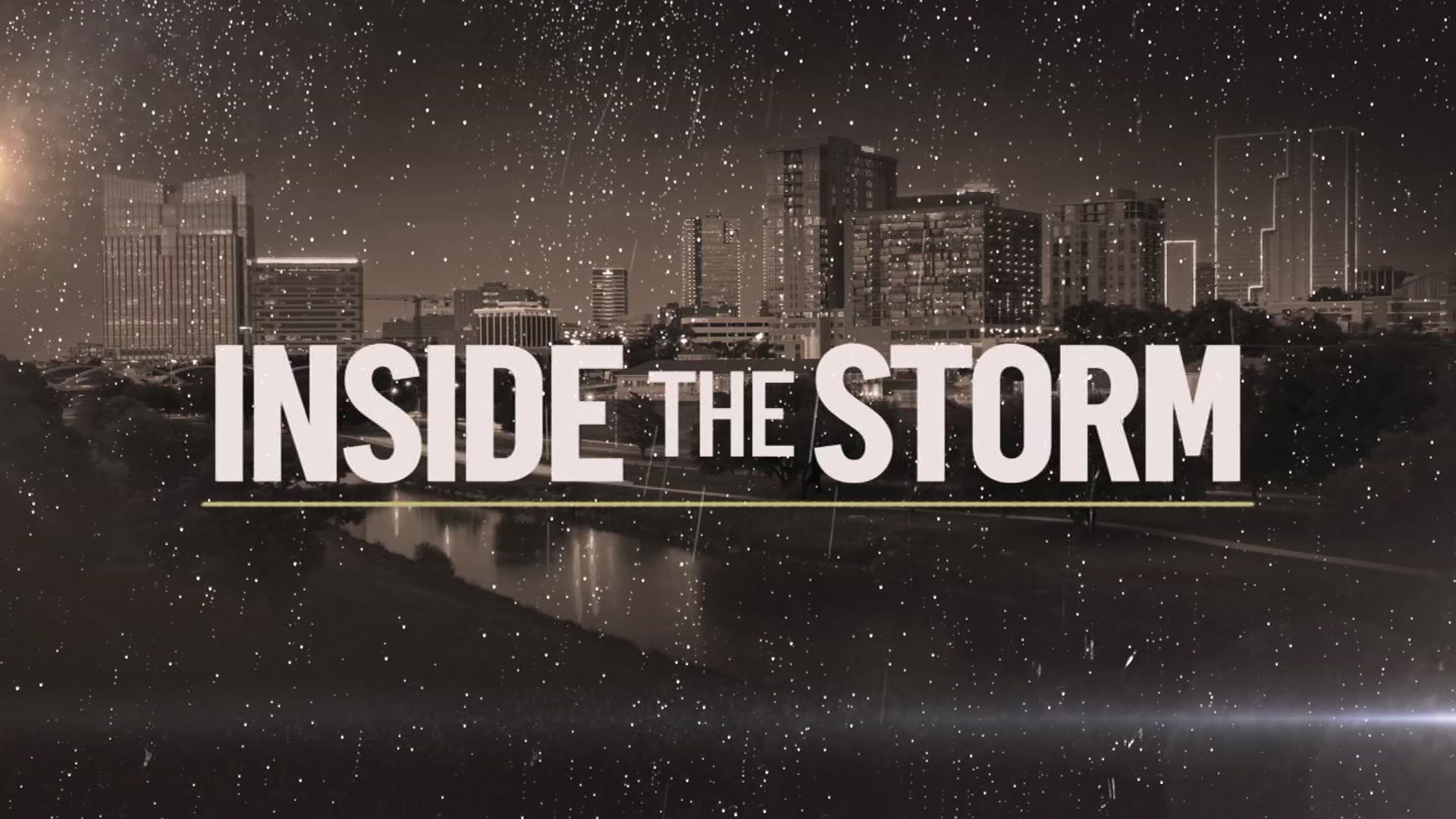
This week we are expecting a long stretch of triple-digit days in North Texas. Our hottest temperature so far this summer (103) could be challenged by the weekend.
Experiencing the hottest weather as we move through the latter part of summer may come as a surprise to you. After all, you may ask, "Isn't the first day of summer the day with the longest amount of daylight? Why isn't that the hottest part of the summer?" Those are great questions.
The answer has to do with something called "heat lag" (or seasonal lag). This weather phenomenon is the result of the Earth absorbing the sun's solar radiation during the early summer months and then slowly releasing it back into the atmosphere later in the summer. The process in which the sun heats the surface of the Earth (land, water, buildings) doesn't take effect immediately. Instead, the highest temperatures are delayed and occur after the heat is stored up in the Earth and then gradually released back into the atmosphere over time.
Another contributor to heat lag during late summer is high pressure in the upper atmosphere. Often called the "heat dome," this pattern dominates our weather this time of year.
Get top local stories in DFW delivered to you every morning. Sign up for NBC DFW's News Headlines newsletter.

These high-pressure patterns contribute to prolonged periods of sunshine, which further warms the Earth's surface. Additionally, the heat dome can trap warm air near the surface, preventing it from escaping into the upper atmosphere and allowing temperatures to remain elevated.
Understanding the concept of heat lag helps to explain why late summer seems to linger so long here in North Texas, even though daylight is shorter. This knowledge is useful in planning outdoor events, managing electricity consumption, and even preparing for the impact of prolonged heat waves. In addition, heat lag has effects on agricultural planning, as late-summer heat can affect crops, watering schedules, and harvesting.
Weather Connection
Connecting you with your forecast and all the things that make North Texas weather unique.
Unfortunately, drought and grass fires can often return as a result of heat lag. Late-summer heat can dry out grass and other types of vegetation, which increases the fuel for grass fires to spread.
Lastly, heat lag affects the ocean in a big way. Since oceans are particularly effective at absorbing solar energy during the summer, they continue warming long after the amount of incoming energy declines (following the solstice). It is certainly no coincidence that these warmest water temperatures occur in August and September, the two months that coincide with the peak of hurricane season.

In conclusion, just because the last month of summer is here, we have a long way to go before the heat subsides. The average last date to record 100 in DFW is August 27th. However, the latest 100-degree day has been recorded in DFW is October 3rd (1951).



